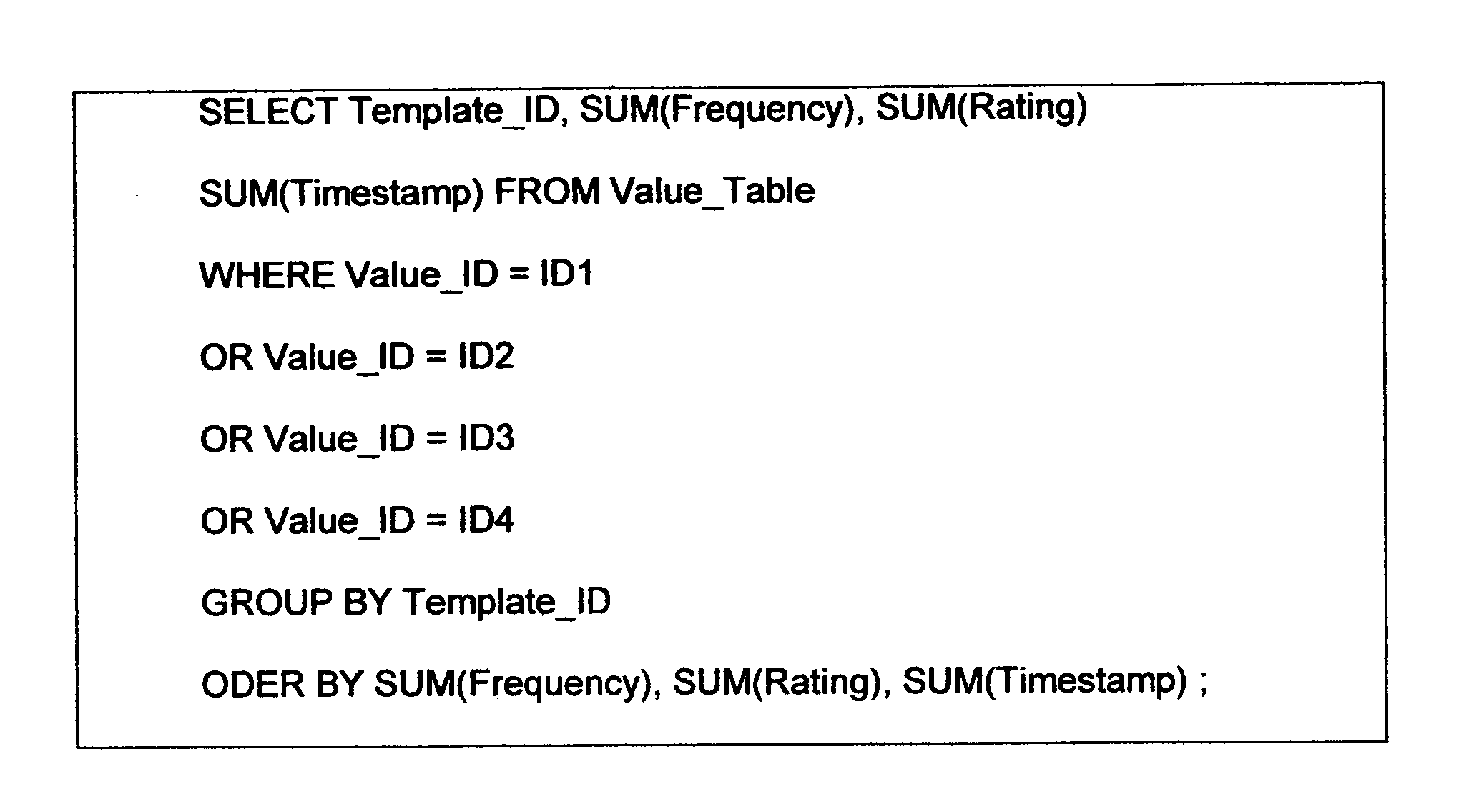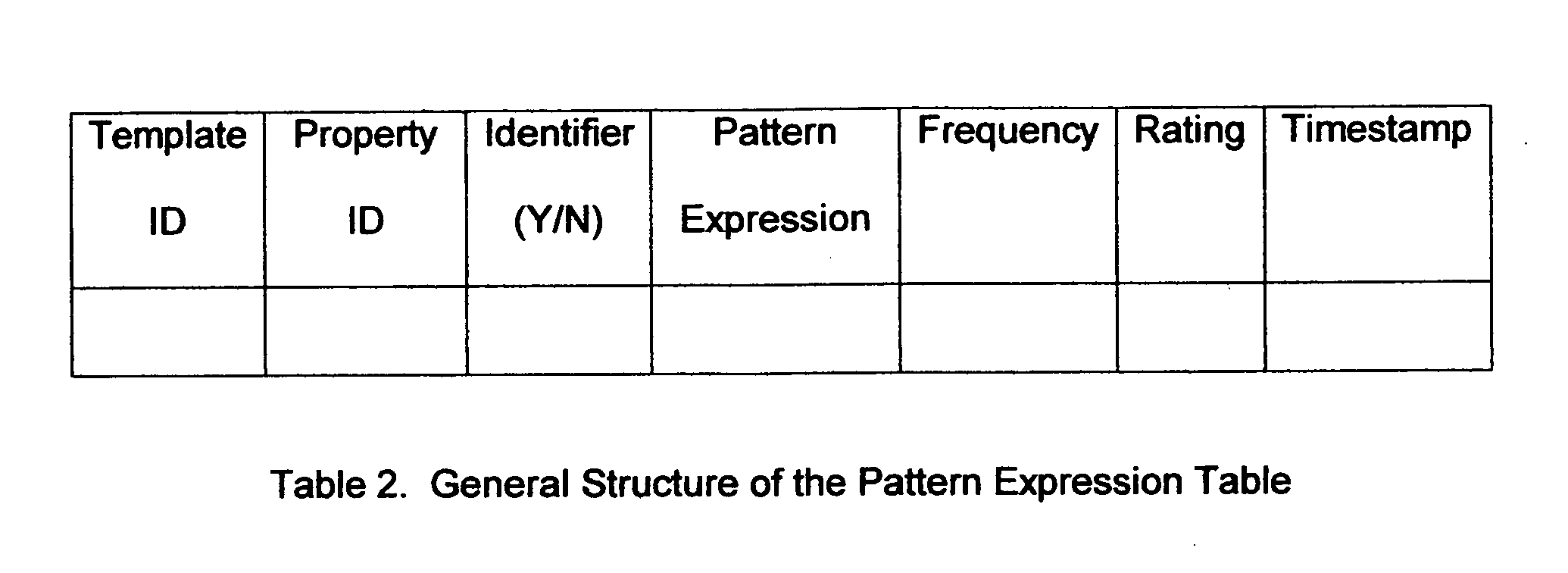However, it's becoming harder to find the right information because current desktop, peer-to-peer, and web search engines tend to respond to a search query with a very large number of mostly irrelevant files.
This causes users to manually inspect the results, thereby
wasting a staggering amount of time.
The central issue with available search technology is that the
human language generally uses several words to describe a given subject, and so the number of words in a textual document is normally several times the number of subjects.
This constitutes a crucial limitation exploited on a massive scale by web authors who have found that by injecting words in web documents that are not visible to the readers, they can easily manipulate search engines so as to match the pages on their web sites for virtually any search query.
Another important issue is that the
human language often uses a combination of words to describe a subject without mentioning the keyword that corresponds to the subject.
As a result, current search engines would not match a relevant document because it does not contain the query keyword that corresponds to its subject, even though it is described in detail.
Such strategies are not effective for a broad range of applications including desktop searches,
multimedia, and other files that are not linked by
hypertext documents,
file transfer sites,
machine generated listings, news, forums and web logs that are not often referenced by other sites.
Popular web pages have a high
ranking for their subjects, but they also rank high for the auxiliary words used to describe these subjects, thereby polluting the search results of such words.
Therefore it is common that a document ranks very poorly in
spite of its perfect relevance to the query keywords, because the sponsoring site is not popular from the ranking standpoint that is, in terms of the number of links pointing to it from high-ranking parent pages.
Like the other page-ranking techniques it does not address the central issues because the engine does not understand documents and cannot independently evaluate their relevance to a specific subject.
It does not provide a way of automatically analyzing a document to determine its subjects.
It uses conventional search engines to test the relevance of the document to the search subject, so it is ultimately subjected to the problems of current search engines.
One major problem with this approach is that each
phrase text-
phrase is analyzed independently making it difficult if not impossible to evaluate the overall meaning of a document.
The other problem is with the use of specifically defined abstract concepts because all the elements of an
abstract concept are generally not provided in a
phrase because authors only describe some aspects of a concept leaving out others that are defined or may be derived from the context.
Finally there is no means of estimating the relative amount of information about a concept provided in a phrase text-phrase, thus it is not very helpful for search engines because the relative importance of two documents with respect to a given subject cannot be estimated.
It also uses semantic labels and as with other available text meaning extraction techniques, it is not well applicable to search engines because it does not ultimately provide a way of estimating the relative amount of information provided in a document about a given subject.
Existing methods for improving search results are based on the analysis of log files, or history data that are essentially transient and often discarded from any practical
system because they tend to grow in size indefinitely.
It also requires periodic analysis of the
log data, which may be an intensive process.
Besides the fact that the technique specifically targets business products organized in structured databases, it also requires users to provide with their profile information, which is a serious limitation, as most
Internet users would rather protect their private information.
It is also an iterative process, so it is not supposed to readily deliver the specific solution in one step.
An operational issue for search companies is that the engine is often used to generate sponsored links that may be of interest to the visitors a
web site, or its search users in order to provide income.
Current search engines cannot address these problems because they do not understand the search queries or the documents.
They only match keywords and cannot distinguish between a document that is about a given word and one that only uses it to describe its subjects.
They would not understand the purpose of a search or the services provided by a host
web site and have no way of identifying competing services, let alone generating complementing ones.
 Login to View More
Login to View More  Login to View More
Login to View More 


